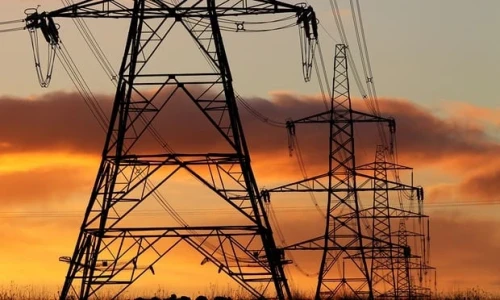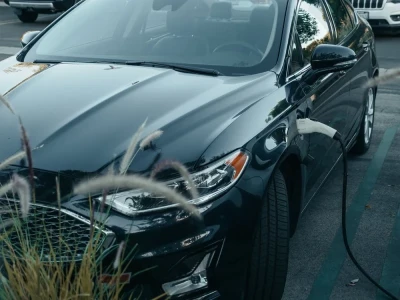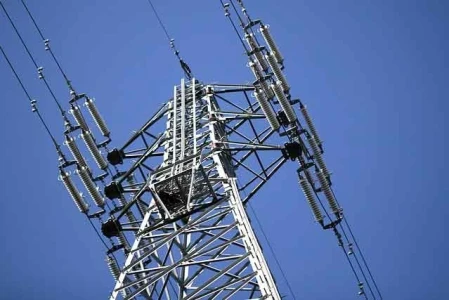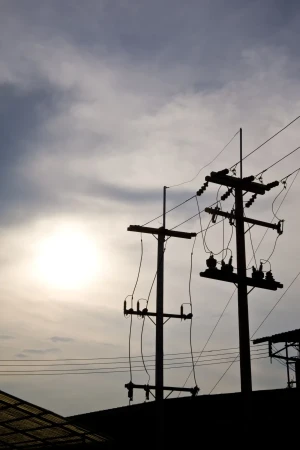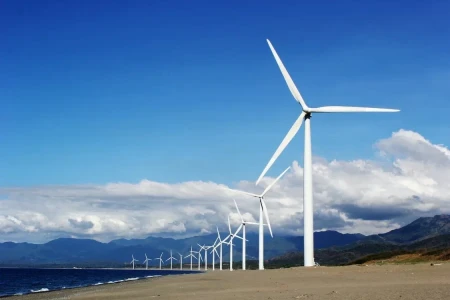Virginia Offshore Wind Project on Track Despite Rising Costs
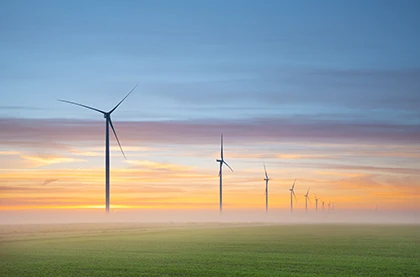
The Coastal Virginia Offshore Wind (CVOW) project, one of the United States’ largest offshore wind developments, has encountered an increase in its projected costs, but it remains on track to meet its scheduled completion by the end of 2026. The project, spearheaded by Dominion Energy, is set to provide up to 2.6 gigawatts of clean, renewable energy through the installation of 176 wind turbines off the coast of Virginia. However, recent updates reveal that the cost of the project has risen from an initial estimate of $9.8 billion to approximately $10.7 billion, primarily due to higher expenses associated with network upgrades and the interconnection process.
While the rising costs might appear daunting at first glance, Dominion Energy remains confident that the project will continue to provide significant benefits to Virginia’s energy landscape, including reduced carbon emissions, job creation, and energy diversification. The increased costs, while notable, are not expected to derail the project’s momentum or alter its projected impact.
Rising Costs Amid Rising Ambitions
The increase in the estimated project cost primarily stems from unanticipated expenses tied to connecting the massive wind farm to the grid. This includes the installation of new substations and an expansion of infrastructure to handle the integration of the wind-generated power. While the higher costs may raise concerns, Dominion Energy is taking proactive steps to ensure the financial burden on consumers remains manageable.
One significant measure taken by Dominion Energy is their strategy to absorb some of the increased expenses. As part of this, they have worked closely with the Virginia State Corporation Commission (SCC) to minimize the impact on residential customers. The expected additional cost to customers for residential electricity is a modest increase of around 43 cents per month. This adjustment is relatively small when compared to the overall scope of the project, which is poised to deliver long-term benefits both for the state’s energy infrastructure and for the environment.
While the cost increases may be attributed to the project's scale and complexity, the CVOW project is still being hailed as a competitive solution for Virginia’s energy needs. The offshore wind power produced by this project is not only expected to reduce reliance on fossil fuels but also to bring stability and sustainability to the state’s grid. Compared to other energy sources, particularly fossil fuels and nuclear power, offshore wind power remains competitive, and Dominion Energy has emphasized the potential for future cost reductions as the industry matures and new technological advancements come into play.
Overcoming Political Opposition
The Coastal Virginia Offshore Wind project has not only faced technical and financial challenges, but it has also been subject to political opposition, particularly from former President Donald Trump. Trump has been a vocal critic of wind power, frequently claiming that it is unreliable and expensive. He has even suggested that wind turbines harm wildlife and have adverse environmental effects. These criticisms stand in contrast to the growing momentum of offshore wind projects across the U.S., which are seen as crucial components of the nation’s transition toward cleaner energy.
In 2020, Trump’s administration enacted a moratorium on offshore wind energy projects along much of the U.S. East Coast, including Virginia. Despite this setback, the CVOW project has managed to navigate these political hurdles, largely due to its support from the state government and its alignment with Virginia’s renewable energy goals. The state of Virginia has set ambitious targets for renewable energy, including the goal of producing 100% of its energy from renewable sources by 2050. In this context, the CVOW project is a critical step toward achieving those targets, as it will be the first large-scale offshore wind project in the state.
The fact that the project has been able to continue making progress despite opposition from national political figures speaks volumes about the momentum for clean energy development at the local and state levels. The growing demand for renewable energy solutions is driving a shift in both the private and public sectors, as more and more stakeholders recognize the long-term benefits of wind energy.
Economic Impact and Job Creation
In addition to its environmental benefits, the Coastal Virginia Offshore Wind project is expected to have a significant economic impact on the region. The project is anticipated to create approximately 2,000 jobs, with opportunities in a wide range of fields, from construction and engineering to operations and maintenance. Moreover, it is expected to generate up to $2 billion in economic activity throughout the course of its development and operation.
This economic boost will benefit not only the wind energy sector but also the broader Virginia economy, particularly in areas like Hampton Roads, where the project is based. Local suppliers, contractors, and service providers are all expected to benefit from the increased demand for goods and services related to offshore wind energy.
The Future of Offshore Wind in the U.S.
The Coastal Virginia Offshore Wind project is a critical part of the broader push to develop offshore wind power along the U.S. East Coast. The success of this project will provide valuable lessons for other states looking to invest in renewable energy, and it will pave the way for more offshore wind farms to be developed in the coming years. As costs continue to fall and technology improves, the feasibility of offshore wind projects will only increase, making them a more viable option for states looking to reduce their carbon emissions and transition away from fossil fuels.
While challenges remain, including political opposition and rising costs, the Coastal Virginia Offshore Wind project’s continued progress signals that offshore wind energy is poised to play a vital role in the U.S. energy landscape. With strong state support, ongoing technological advancements, and growing public interest in renewable energy, offshore wind is emerging as a key pillar of the clean energy future. The project’s completion by 2026 will not only mark a milestone for Virginia but also set a precedent for the development of offshore wind across the United States.
As the energy industry continues to evolve, the CVOW project stands as a testament to the potential of offshore wind energy and its importance in achieving a sustainable, low-carbon energy future.

